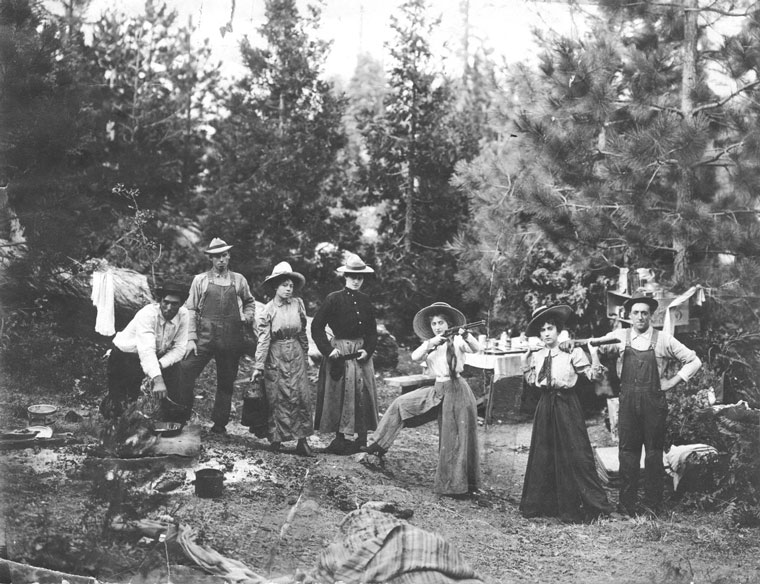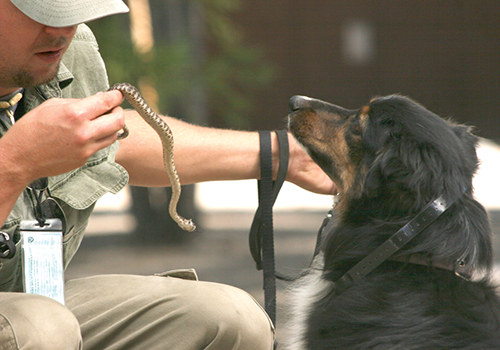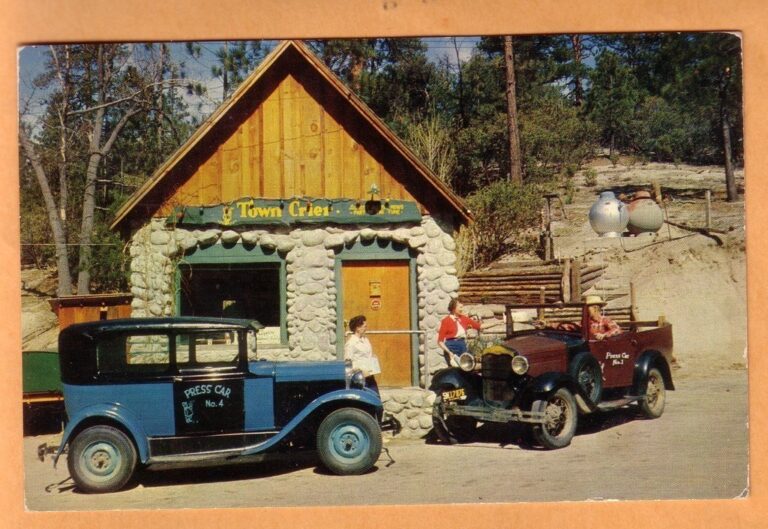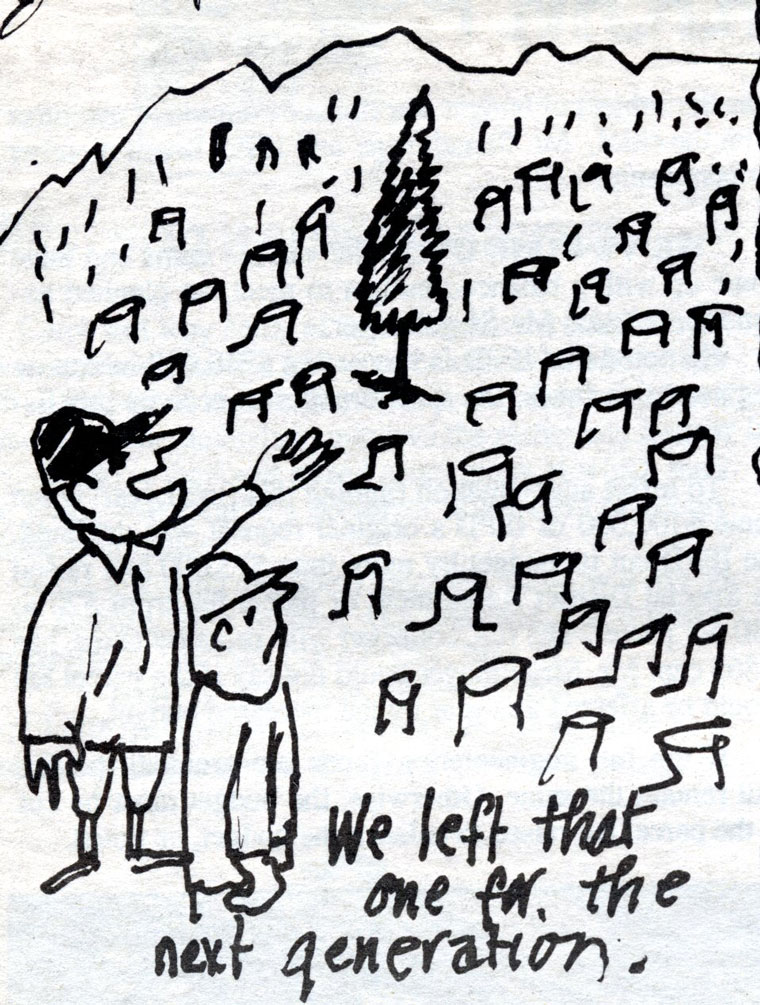
Photo courtesy Bob Smith
One of my favorite bits of mountain lore is the sad saga of Charles Beverly Hughes.
Eldest son of a clergyman in the mountains of West Virginia, 37-year-old Hughes left home after his mother’s death. Heading west early in 1905 to seek his fortune, he settled in Banning.
That seemed to be an odd choice. Why not continue to the coast?
All my life I’d considered Banning a forlorn outpost, useful only as a supply point for my vacations in the San Jacintos — until I drove down Highway 243 one spring day after the memorably wet winter of 2005 and saw for the first time how beautiful San Gorgonio Pass can appear, especially to someone emerging from the dreaded Colorado Desert. Once I discovered that 1905 was a similarly wet year, I understood.
Hughes started a photography business and quickly became a well-known Banning citizen. But the mountains called, and he responded, venturing up the forbidding slopes south of town. Soon he happened upon an abandoned sawmill on Fuller Mill Creek. Its one-room foreman’s cabin offered shelter, and as a loner at heart, he began spending his summers there.
Befriending the Banning-based ranger, I.W. Decker, Hughes learned that the Forest Service was offering homesteads on land more suited to agriculture than forestry. Since the Fuller Mill basin had already been stripped of 2,500 acres of timber, it qualified.
So, when the first crude road from Banning to Idyllwild neared completion in 1910, Hughes filed a claim for 60 acres, moved permanently from Banning to the tiny creekside cabin, and planted a small apple orchard.
Hoping to generate income by exploiting his Banning contacts, Hughes created a few primitive campsites and christened his new home “Kampers Kingdom,” a wagon-accessible retreat for hunters and vacationers.
His dream was short-lived. A brutal winter in 1911-12 brought a January cold wave that froze Lake Hemet, piled on the floor of the pass, and rendered the Banning-Idyllwild road suitable only for short sleigh rides. One February day, Hughes was out hunting squirrels for bounty and accidentally shot himself in the foot. He dragged his foot through the snow back to the cabin.
We don’t really know what happened next, but his dog showed up at the Gregg Ranch, 7 miles away near Vista Grande, bearing the proverbial SOS on his collar. Ranger Decker was summoned, rescued Hughes from his cabin, and brought him on horseback to the hospital in Banning.
The foot was amputated, but poor Hughes had contracted pneumonia during the ordeal and died a few days later. He was unceremoniously buried in an unmarked grave in the Banning cemetery.
Next of kin in Arkansas and West Virginia were duly notified but never showed up to claim Hughes’ property. For Ranger Decker, this was a godsend. His job had just been eliminated in a Forest Service budget cut, and his wife was dying, leaving him with two small boys to raise. Claiming to be the beneficiary of a dubious deathbed bequest, he somehow maneuvered to gain possession of the homestead.
In Spring 1913, Decker and his sons moved into the tiny cabin at Fuller’s Mill, the next link in a long chain of events that would lead 88 years later to my settling in Idyllwild, after my siblings and I inherited the cabin property.
Bob Smith is a researcher and archivist with the Idyllwild Area Historical Society. He welcomes comments, questions, corrections and suggested topics for this column at rbsmith9@greencafe.com.






